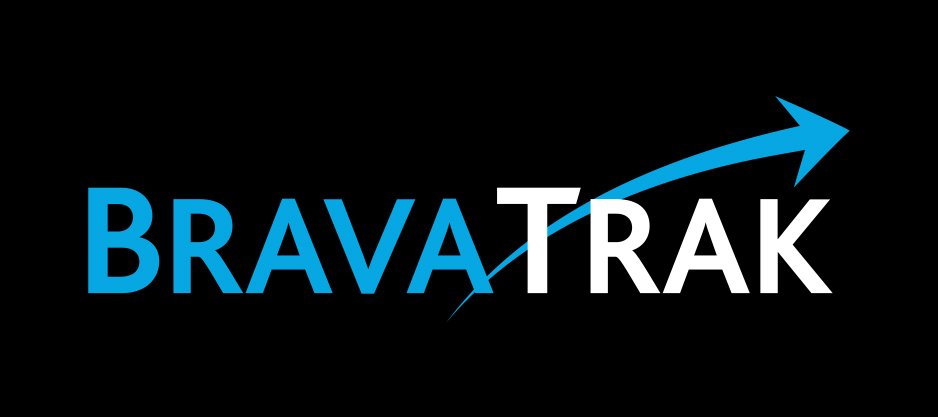How can you improve the productivity of agents who are working from home?
One of the big problems with work-from-home is face-to-face communication has been nearly totally replaced with email and chat. While video conferencing is nearly exclusively used for team meetings.
If your agents currently work from home several days a week, you need to find ways to encourage your people to interact with their peers via video-conference from time-to-time, each day.
It also suggests that Team Leaders need to be doing daily one-on-one check-ins with their agents.
Transcript
Hi there, this is Blair from BravaTrak.
You may know that my expertise is in applying behavioural science principles to leadership, to help clients multiply the performance of their customer facing teams. In short, I'm a sucker for taking an evidence-based approach to growing performance.
With that in mind, I've been recently thinking about the new science of building great teams, particularly because the current pandemic is having a significant impact on communication, culture and community for many organisations, with so many people working from home.
I'm now hearing of more and more contact centres which are intending to continue with a work from home model, post-pandemic for cost-saving reasons. Yet at the same time, I've been speaking with senior contact centre leaders with serious concerns about at-home agent productivity.
Research done at MIT has figured out why some contact centre teams get excellent results while others struggle. The results will like to give you some ideas as to the best way forward.
Suspecting that the key to high-performance lay in how teams were communicating, the researchers equipped agents in a bank's contact centre with electronic badges that collected data on the individual communication behaviour. Such things as tone of voice, body language, who they talked to, and much more.
With remarkable consistency, the data confirmed that communication plays a critical role in building successful teams. In fact, they found patterns of communication to be the most important predictor of team success. Not only that, but they are as significant as all other factors combined.
Drawing on that insight, the researchers advised the contact centre manager to revise the employee's break schedule, so that everyone on a team took a break at the same time. That allowed people more time to socialise with their teammates away from the workstations.
AHT (Average Handling Time) immediately fell by 20% amongst lower performing teams, and by 8% overall across the entire contact centre. Across the banks 10 contact centres, employee satisfaction also improved, sometimes by more than 10%.
Interestingly, given the current drive to work from home, the research has found that the most valuable form of communication to be face-to-face. The second most valuable is by phone or video conference, but with a caveat; those technologies become less effective as more people participate in the call. The least effective forms of communication they found to be email, chat and text.
Here are the big takeaways from that research.
Number one, 35% of the variance in a team's performance can be accounted for simply by the number of face-to-face interactions between team members.
And number two, social time turns out to be deeply critical to team performance. Often accounting for more than 50% of positive changes in communication patterns. Even in a setting as efficiency focused as a contact centre.
You might want to give some serious thought to these findings, as you decide on the right balance between work from home and in-centre days each week for your frontline teams.
That's my take. What do you think?
